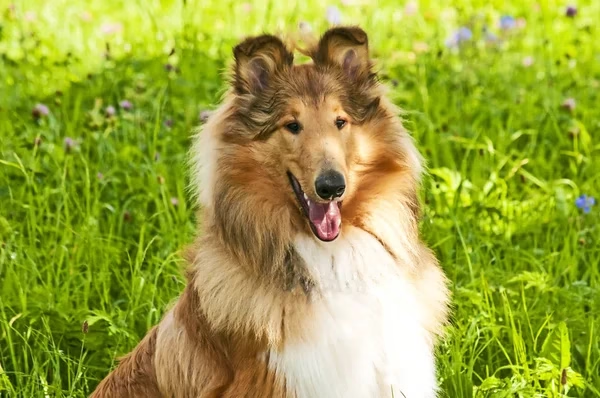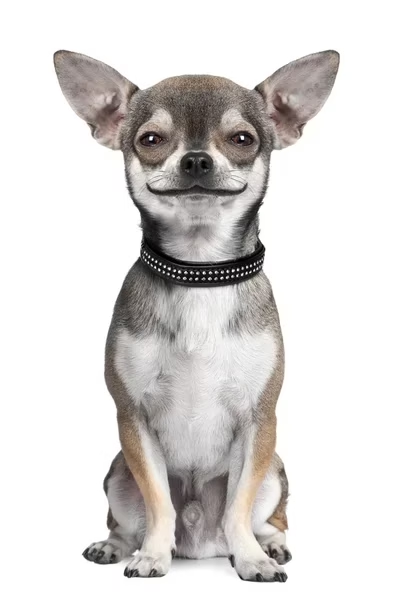Introduction: Meet the Australian Shepherd

The Australian Shepherd, affectionately known as the “Aussie,” is a bright, hardworking, and agile breed with boundless energy and unwavering loyalty. Despite the name, the breed was developed in the United States to herd livestock and assist ranchers. Their keen intelligence, trainability, and devotion make them an excellent companion for active families, athletes, and dog sport enthusiasts.
Breed Overview: Quick Facts About the Australian Shepherd
| Trait | Description |
|---|---|
| Origin | United States |
| Group | Herding |
| Height | 18–23 inches (46–58 cm) |
| Weight | 40–65 lbs (18–29 kg) |
| Lifespan | 12–15 years |
| Coat | Medium-length, weather-resistant double coat |
| Colors | Blue merle, red merle, black, red |
| Energy Level | Very High |
| Trainability | Excellent (with mental stimulation) |
| Good with Kids | Yes, especially when socialized early |
History and Origin of the Australian Shepherd
Though the name suggests Australian roots, the Australian Shepherd actually originated in the western United States during the 19th century. American ranchers developed the breed from Basque shepherd dogs that had come to the U.S. via Australia—hence the name. Their intelligence, herding instinct, and resilience made them invaluable on farms and ranches across the country.
Today, Australian Shepherds are beloved not just for their working abilities but also as versatile companions in obedience, agility, and therapy work.
Physical Traits of the Australian Shepherd
The Australian Shepherd is a well-balanced, athletic dog built for endurance. They have expressive almond-shaped eyes (which can be blue, brown, or even one of each), medium triangular ears, and a naturally bobbed or docked tail.
Their striking coat is dense and weather-resistant, with feathering on the legs and chest. Color combinations and merle patterns make each Aussie look uniquely stunning.
Common colors include:
- Blue Merle: Marbled black and gray
- Red Merle: Marbled red and cream
- Black or Red: Often with white or tan points
Temperament and Behavior of the Australian Shepherd
Intelligent and Driven
Aussies are extremely intelligent and thrive when given a job. Without mental and physical outlets, they can quickly become bored and destructive.
Affectionate and Loyal
These dogs form deep bonds with their families and often become attached to one or two people. They are affectionate, alert, and protective without being aggressive.
Highly Energetic
Australian Shepherds are among the most active dog breeds. They require structured exercise and mental challenges to stay content.
Is the Australian Shepherd Right for You?
Ideal Home Environment
Australian Shepherds are not ideal for sedentary owners or apartment dwellers unless a significant amount of daily exercise is guaranteed. A large yard or rural setting is preferable.
Best Suited For:
- Active individuals or families
- Homes with large outdoor spaces
- People who enjoy training and dog sports
- Experienced dog owners
Training and Socialization Needs
Australian Shepherds excel in obedience and agility but require early training to prevent them from becoming overly dominant or herding small children and pets.
Training Tips:
- Use positive reinforcement consistently
- Keep sessions short, fun, and frequent
- Begin socialization early with people, dogs, and situations
Without consistent training, they may become overprotective or reactive.
Grooming and General Care
Australian Shepherds are moderate shedders and require regular grooming:
- Brushing: 2–3 times a week; daily during shedding
- Bathing: Every 6–8 weeks or as needed
- Nails: Monthly trims
- Ears & Teeth: Check and clean weekly
Their coats shed year-round, with heavier shedding in spring and fall.
Health Considerations
Australian Shepherds are generally healthy but may be prone to some genetic conditions.
Common Health Concerns:
- Hip Dysplasia
- Epilepsy
- Progressive Retinal Atrophy (PRA)
- Cataracts
- Sensitivity to certain medications (MDR1 gene mutation)
Prevention Tips:
- Buy from responsible breeders who perform genetic testing
- Maintain regular vet visits
- Feed a balanced diet and keep them active
Exercise Requirements
This breed requires at least 1.5 to 2 hours of physical and mental activity per day. Without it, behavioral issues can arise.
Great exercise options:
- Long hikes or runs
- Agility or flyball
- Herding or advanced obedience work
- Interactive toys and puzzles
Their stamina and love of activity make them ideal for dog sports and active lifestyles.
Pros and Cons of the Australian Shepherd
| Pros | Cons |
|---|---|
| Highly intelligent and trainable | Needs extensive physical and mental exercise |
| Loyal and protective | Can be overly energetic for some households |
| Great with active families | May herd children or other animals |
| Stunning, unique coat patterns | Regular grooming required |
Fun Facts About the Australian Shepherd
- They are known as the “Velcro dog” because they like to stick close to their owners.
- Aussies have appeared in rodeos and Disney films due to their flashy looks and smarts.
- Their merle coat pattern can be passed to puppies, but breeding two merles can result in health problems.
Final Thoughts: Is the Australian Shepherd the Right Choice?
The Australian Shepherd is a brilliant, loyal, and athletic breed for the right owner. If you’re ready to provide structure, plenty of exercise, and ongoing training, this energetic herding dog can be an outstanding companion.
But remember: this is not a breed for casual pet owners. Their working heritage and sharp mind require a home that can meet their physical and mental demands.
👉 Want help choosing the right breed? Check out our guide to choosing the best pet for your lifestyle.
👉 For more breed details, visit the Australian Shepherd profile on the AKC website.







